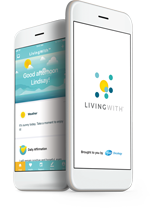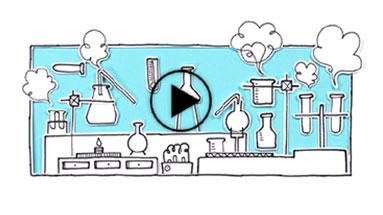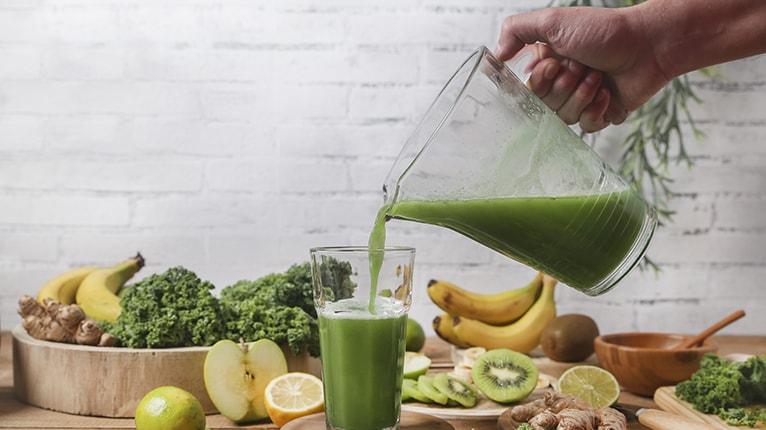Biosimilars: Expanding options for patients

As you go through your cancer treatment, your doctor may prescribe different kinds of medicines or switch your medicine from one brand name to an alternative with another name. That new drug may be called a generic or a biosimilar. Keep reading for a quick rundown on the different types of medicines you may receive and how to find the best option for you.
What kinds of prescription drugs are there?
When a prescription drug first comes out, it’s a brand-name drug. This is a patented drug that’s produced and sold only by the manufacturer that owns the patent. A brand-name drug is either:
- Synthetic, which means it contains simple, small molecules that are chemically made
- Biologic, which means it contains complex, large molecules that are made from living cells
Once the drug’s patent expires and the manufacturer no longer holds exclusive rights to it, others can produce and sell it under a different name—sometimes at a lower cost.
These potentially more affordable drugs are called:
- Generics if the brand-name drug is synthetic, or chemically made
- Biosimilars if the brand-name drug is biologic, or made from living cells that cannot be exactly replicated
What does biosimilar mean?
It’s in the name! A biosimilar is highly similar to a biologic brand-name drug. This is different from a generic drug, which is an exact copy of a synthetic brand-name drug.
Because biologics are made from living sources, such as animal and plant cells, bacteria and yeast, it’s impossible to make exact copies of them. This means that it’s normal—and expected—for a biosimilar to be slightly different from its biological counterpart.
Will a biosimilar work like its biologic?
Yes. Before a biosimilar is approved by the US Food and Drug Administration (FDA), it is studied to ensure that it works in the body in the same way a biologic does when it comes to:
- The types of natural resources used
- How it’s taken
- Treatment benefits
- Potential side effects
- Strength and dosage
How does the safety of a biosimilar compare with the safety of its brand-name biologic?
A biosimilar has to meet strict standards set by the FDA and is designed to have no clinically meaningful differences in safety and effectiveness from the brand-name drug. The FDA approves it only after carefully reviewing the drug’s data, studies and tests.
After a biosimilar is approved, the FDA:
- Continually checks the drug’s quality during production
- Monitors the drug’s effectiveness and safety
- Reviews patient safety reports
Why do biosimilars potentially have a lower cost?
Brand-name drugs initially have to go through costly clinical trials. When a biosimilar is created and is shown to be highly similar with no clinically meaningful differences to the brand-name drug, it may rely on the FDA’s previous findings of safety and effectiveness that were determined for the brand-name drug. This generally means that biosimilar manufacturers do not need to conduct as many expensive and lengthy clinical trials, which means lower expenses for manufacturers and potential cost savings for patients.
And as more biosimilars are created, patients have even more options, which increases competition in the market and potentially lowers costs for these kinds of treatments.
How can I learn more?
Ask your healthcare team! They can help answer your questions or point you to helpful resources and educational materials about biosimilars. And if you’re new to therapy or currently taking a biologic, they may look at your medical history and diagnosis to see if a biosimilar could be an option for you.
Can’t wait for your next doctor’s appointment?
- Watch this video for an in-depth look at how biosimilars are made
- Check out this brochure to read more about biosimilars

















